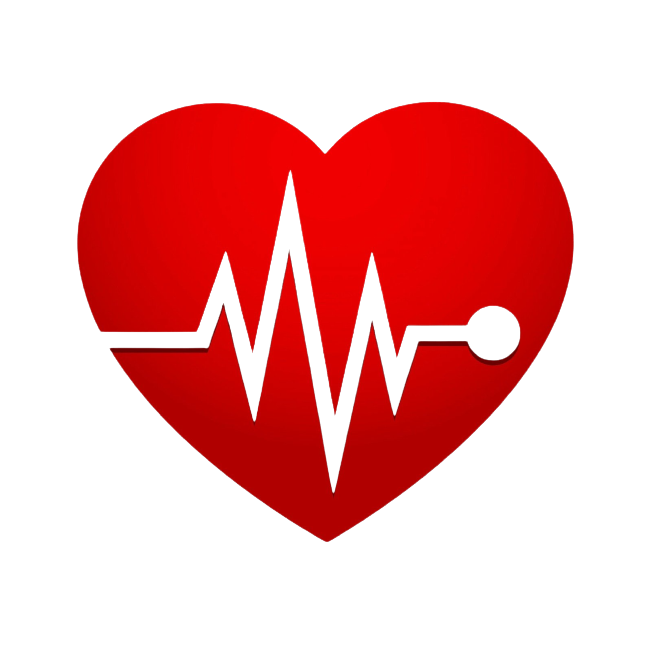As long as you meet the recommended exercise goals, working out just one or two days a week may lower your heart disease risk as much as exercising throughout the week.
The standard advice about exercise is to do about 30 minutes a day, most days of the week. But in terms of heart-related benefits, does it matter if you rack up most of your exercise minutes over just one or two days instead of spreading them out over an entire week?
Earlier research has suggested that both patterns are equally beneficial. But those findings relied on people to self-report their exercise, which can be unreliable. Now, a study of nearly 90,000 adults who used wristband monitors to record their physical activity has reached a similar conclusion.
“The findings add to the body of literature showing that it doesn’t matter when you get your exercise, as long as you get the recommended amount each week,” says Dr. I-Min Lee, a professor of medicine at Harvard Medical School and an expert on the role of physical activity in preventing disease.
Volume matters more than pattern
The study, published July 18, 2023, in JAMA, doesn’t define the term “weekend warrior” in quite the same way as most people do, says Dr. Lee. “Usually, weekend warriors are seen as people who don’t exercise on weekdays but then take a long hike or play two hours of tennis on Saturday or Sunday,” she says.
Instead, researchers used participants’ physical activity data, which were recorded over seven consecutive days, to categorize them into different groups. About two-thirds of them met the federal physical activity guidelines (see “How much exercise?”). About 42% were deemed “weekend warriors,” meaning they met the guidelines but got half or more of their total physical activity — not just exercise — on just one or two days. Another 24% were “regularly active,” meeting the guidelines with activity spread out over the week. The remaining 34% didn’t meet the guidelines.
After roughly six years, the researchers found that participants who followed either activity pattern had a similarly lower risk of heart attack, stroke, atrial fibrillation, and heart failure compared with people in the inactive group. Historically, experts have encouraged people to be regularly active, mainly because anecdotal reports suggest that weekend warriors may be more prone to injuries. But this study didn’t find any difference in injury rates between the two active groups. That’s likely because of the definition used in the study: the “warrior” group wasn’t necessarily doing the types of high-intensity activities or sports often associated with muscle sprains and related injuries, Dr. Lee says.
Best time of day to exercise? Whatever works for you
Are there any pros or cons associated with exercising at certain times of the day? Research results are all over the map, says Harvard Medical School professor Dr. I-Min Lee. The best strategy is to exercise when it’s most convenient and comfortable for you, whether that’s the first thing in the morning, early evening, or anytime in between.
If you exercise early in the day, you can check it off your to-do list and can take advantage of the “feel-good” brain chemicals, serotonin and dopamine, that are released during exercise. But afternoon workouts also have some benefits. Your joints and muscles may be more limber later in the day, which may make exercise feel less taxing. If you experience a midafternoon lull, exercise can be a good way to reinvigorate yourself. If you can, find a buddy who likes to exercise at the same time, so you can go together and hold each other accountable.
Likewise, there’s little evidence to suggest that coordinating your exercise with respect to mealtimes has any good or bad effects. Some people find that vigorous exercise right before a meal curbs their appetite, while others find the opposite is true. A pre-breakfast workout works well for certain people. But having a small, carbohydrate-rich snack (like a banana or a slice of whole-grain toast) at least half an hour before exercising may provide a helpful energy boost, says Dr. Lee.
Short bouts of activity count
Wristband devices enable researchers to capture all the short bouts of activity people do throughout the day that they may not remember. “If you do jumping jacks occasionally while watching television, you won’t necessarily recall that activity the way you remember that you play tennis three times a week,” says Dr. Lee. Similarly, people whose daily commutes include a few 10-minute bouts of walking may not consider that as counting toward their moderate-intensity activity minutes. But these small spurts of activity — sometimes referred to as exercise “snacks” — seem to be beneficial. If you’re sitting for a long stretch, stand up and move around for a few minutes every hour. Activating your muscles even just briefly can help improve your body’s ability to keep your blood sugar, blood pressure, and cholesterol in check.
It’s also worth noting that if you don’t meet the physical activity guidelines, you’ll still benefit from doing even small amounts of exercise — and every minute counts.



Lol no, but don’t worry about it. Gallows humour is my coping mechanism.